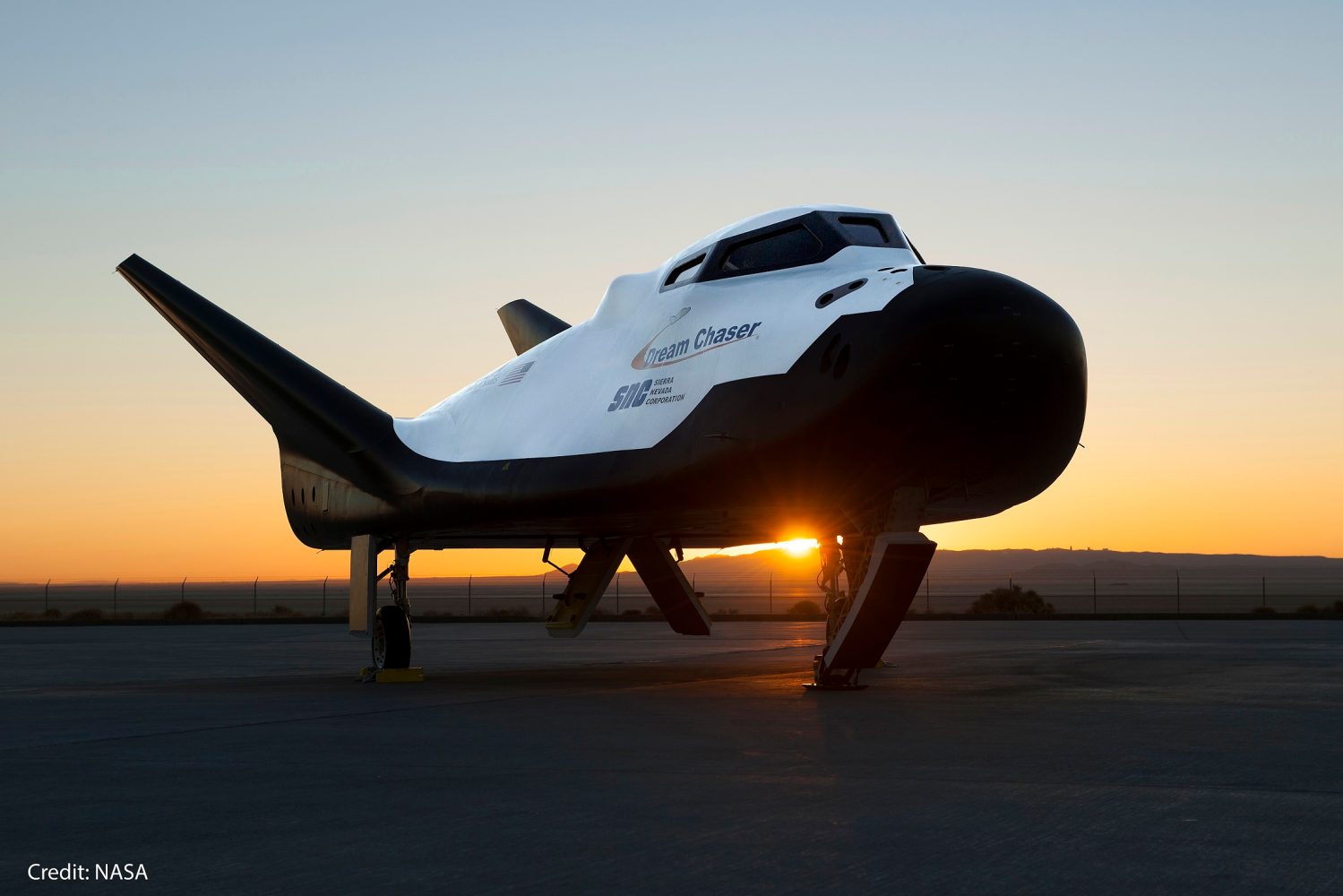
During a press conference today at their offices in Louisville, Colorado about the commercialization of low Earth orbit Sierra Nevada Corporation (SNC) announced a plan to build a new space station in low Earth orbit. SNC has been a major defense and aerospace contractor since the 60s and is currently building the Dream Chaser spaceplane for NASA’s Commercial Resupply 2 contract and is projected to fly in 2022.
SNC’s executives spoke with the media Wednesday about their plans to fully commercialize low Earth orbit including its own space station to replace the International Space Station. The ISS has been operational for just over two decades but has been slowly showing its age and SNC wants to give the world a replacement that is larger and more capable.
SPARKS, Nev., March 31, 2021 – Sierra Nevada Corporation (SNC), the global aerospace and national security company owned by Eren and Fatih Ozmen outlined development plans for its low-Earth orbit (LEO) space station – leveraging its transportation and destination technologies – releasing new images, details, and video of the unique concept in support of LEO commercialization.
The space station is a configuration of multiple large inflatable LIFE™ habitats that can be serviced by both cargo and crew-carrying Dream Chaser® spaceplanes.
“There is no scalable space travel industry without a spaceplane,” said SNC’s Chairwoman and owner Eren Ozmen. “Dream Chaser and its runway landing offer the scalable, preferred solution for humans and science in support of a vibrant LEO economy.”
SNC also released that a crewed Dream Chaser will be able to shuttle private astronauts and to serve as the only vehicle capable of rescuing astronauts from space destinations and returning them to Earth via a safe and speedy runway landing.
Among the industries that have demonstrated interest in space-based operations:
– In-space manufacturing such as 3D printing
– Pharmaceutical and medical research
– Agricultural production for food and science
– Movie production
– TourismThe LIFE habitat is a three-story, 27-foot large inflatable fabric environment that launches on a conventional rocket and inflates on-orbit. The LIFE habitat is undergoing a NASA soft-goods certification this year and the full-size ground prototype developed under NASA’s NextSTEP-2 contract is in the process of being transferred from Johnson Space Center in Texas to Kennedy Space Center in Florida for further testing on short-and long-term habitation. SNC’s Astro Garden® system also provides fresh food within the habitat.
“NASA has asked private industry to come to the table with alternatives to the International Space Station,” said Janet Kavandi former NASA astronaut and SSG executive vice president of SNC’s Space Systems. “SNC intends to lead in LEO commercialization, building on NASA’s efforts to date and welcoming additional public and private partners worldwide.”
The first Dream Chaser orbital vehicle is being assembled in Louisville, Colorado. Thermal protection tiles are being installed on the vehicle’s exterior and its wings will be attached this summer.
Per SNC
SNC hopes to partner with NASA with developing the new station in the case that the ISS is defunded by Congress or is damaged beyond repair. SNC hopes to have the backing of NASA in the future as one of many customers to use the station to grow food, conduct experiments, or use as a hotel in orbit.
Dream Chaser has been a project inside SNC for a long time, originally a crewed-only vehicle it was not selected in the first Commercial Crew selection process but an uncrewed variant was pitched in the second Commercial Resupply contract and currently has 7 missions awarded to it from NASA. SNC has not forgotten about the crewed spaceplane and is still working on developing the variant to fly and service both their own station and the ISS in the future.
No solid timeline was given for when the station will be complete but John Roth, VP of Business Development, said he wants their station to be ready in the case the ISS is retired in 2028. Commercial space stations have been talked about for a long time and are truly the next step in commercial space. Axiom is planning their own commercial segments for the ISS and Bigelow Aerospace and Nanoracks have already sent private modules to the ISS to be used by the crew on board.
Support
Shop on Amazon to help support Space Explored Writers.
Enjoy reading Space Explored?
Help others find us by following on Apple News and Google News. Be sure to check us out on YouTube, Twitter, Facebook, and Instagram, join our Discord!
FTC: We use income earning auto affiliate links. More.

Comments